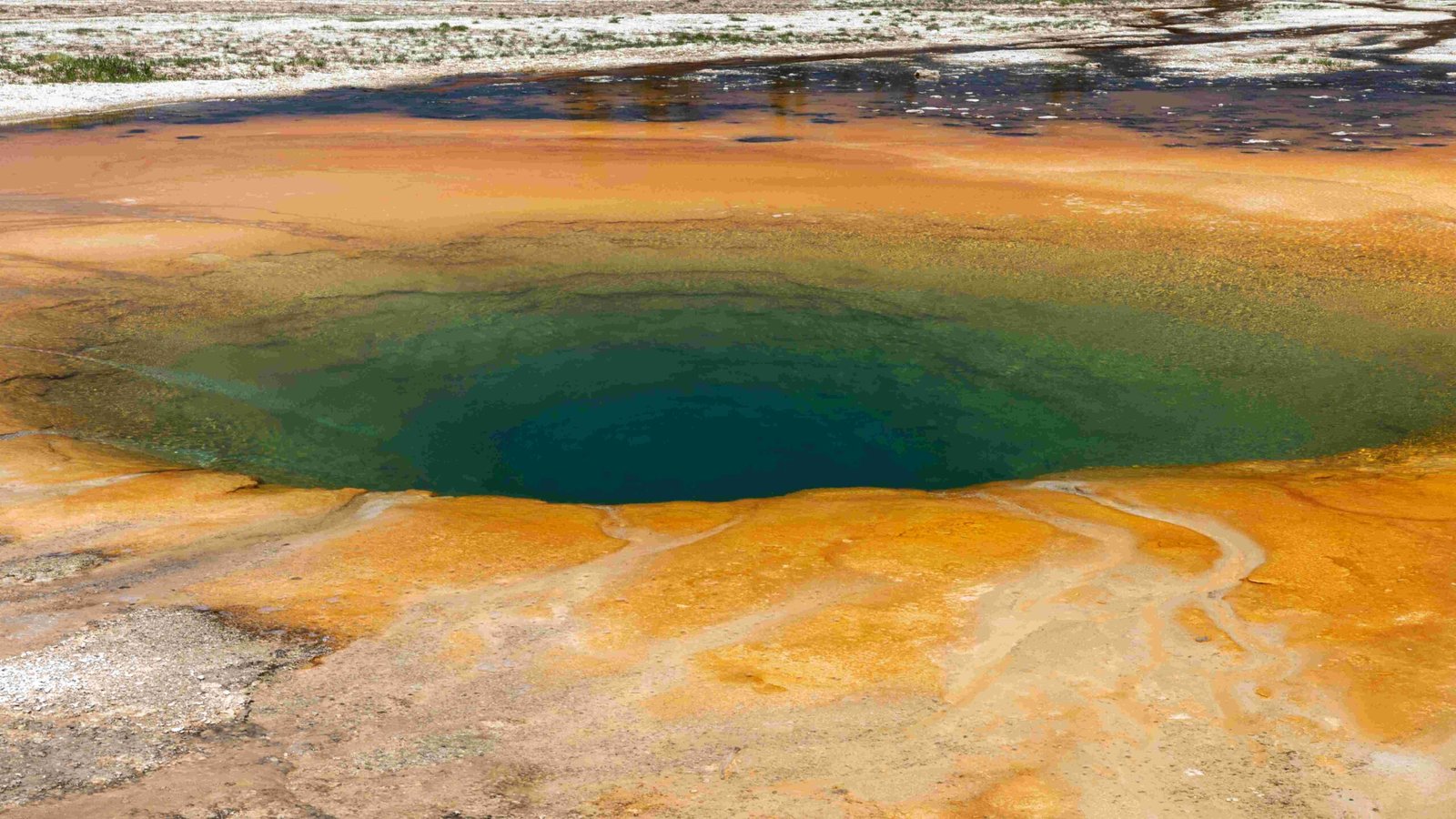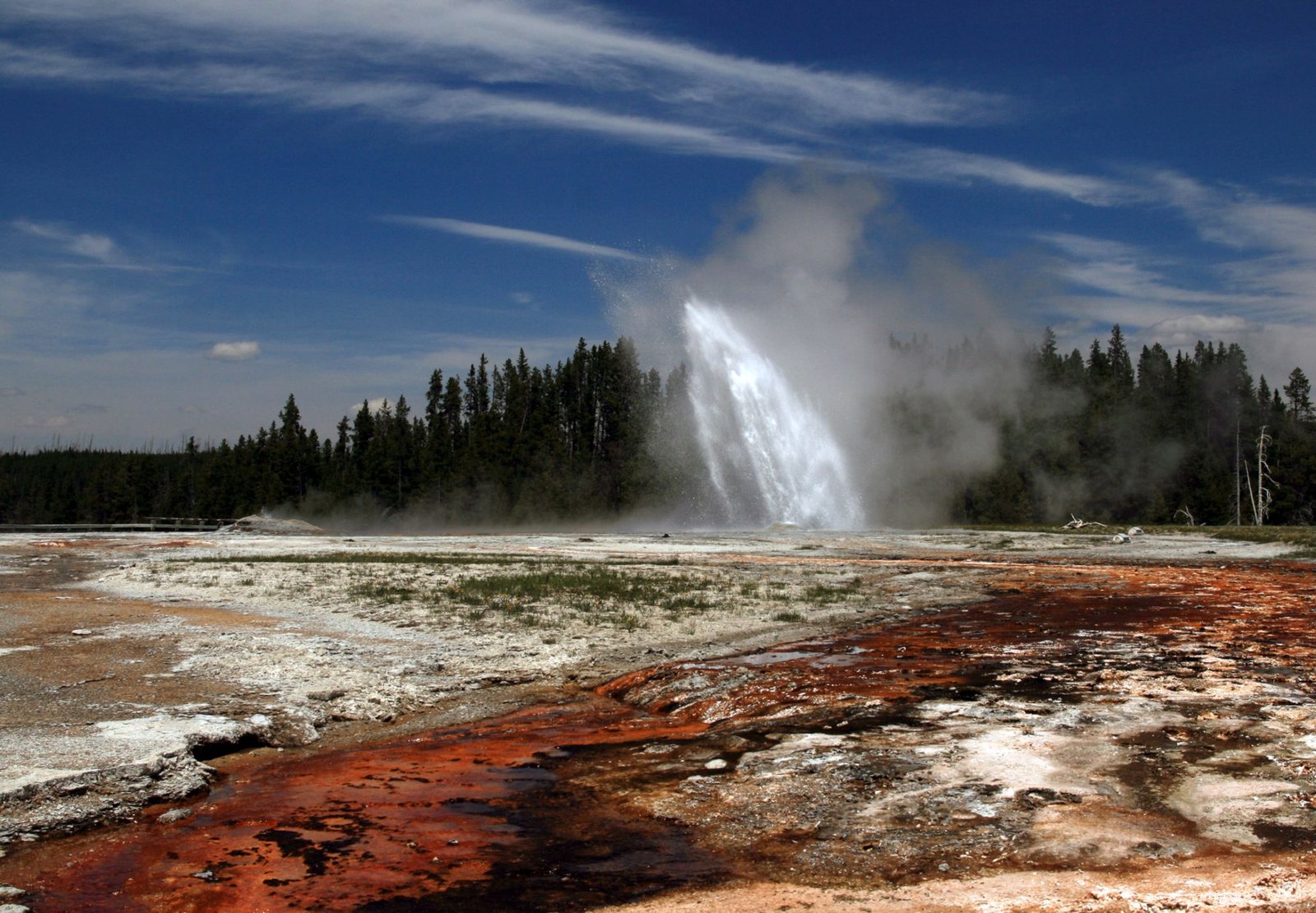Yellowstone National Park’s wolf population has been a subject of fascination and study since their reintroduction in 1995. As of December 2023, the park is home to 124 wolves across 11 packs, with 6 breeding pairs. These wolves play a crucial role in the park’s ecosystem, influencing prey populations and other predators. Their presence has transformed Yellowstone, making it a prime destination for wolf enthusiasts and researchers alike.
What is the Current Population of Wolves in Yellowstone National Park?

As of December 2023, Yellowstone National Park (YNP) hosts a thriving wolf population:
- Total wolves: 124
- Number of packs: 11
- Breeding pairs: 6
- Average pack size: 10.8 wolves
- Pack size range: 2 to 25 wolves
This population represents a significant increase from recent years, indicating successful conservation efforts and favorable conditions for wolf survival in the park.
How Do Yellowstone Wolves Behave in Their Natural Habitat?

Hunting Techniques
Yellowstone wolves are skilled predators, primarily targeting large ungulates. Their diet in 2023 consisted of:
- 25 elk (45% of kills)
- 14 bison (25% of kills)
- 10 deer (18% of kills)
- 3 moose (5% of kills)
- 1 bighorn sheep (2% of kills)
- 2 unidentified ungulates (5% of kills)
Wolves hunt in packs, using their strength in numbers to take down prey much larger than themselves. They often target weak, old, or young animals, which helps maintain the health of prey populations.
Social Interactions
Wolf packs in Yellowstone exhibit complex social structures:
- Leadership: Each pack is typically led by an alpha pair (breeding male and female)
- Hierarchy: Subordinate wolves have distinct roles within the pack
- Pack cohesion: Strong bonds between pack members are crucial for survival
- Territorial behavior: Packs defend their territories from other wolves
The loss of key pack members, especially breeding wolves, can significantly disrupt pack dynamics and stability.
Communication Methods
Wolves use various methods to communicate:
- Vocalizations: Howls, barks, whines, and growls
- Body language: Tail position, ear movements, facial expressions
- Scent marking: Urine and feces to mark territory boundaries
Howling is particularly important for long-distance communication, helping maintain pack cohesion and warn other wolves of their presence.
Where and When Can Visitors Best Observe Wolves in Yellowstone?
Prime Locations for Wolf Watching
- Lamar Valley
- Known as the ‘Serengeti of North America’
- Wide-open spaces ideal for spotting wolves
-
Home to several wolf packs
-
Tower-Roosevelt Area
- Diverse habitat attracting various prey species
-
Frequent wolf sightings reported
-
Hayden Valley
- Central location with good visibility
- Wolves often seen hunting in this area
Optimal Times for Wolf Observation
| Time of Day | Season | Reason |
|---|---|---|
| Early morning | All year | Wolves are most active |
| Late afternoon | All year | Increased wolf activity |
| Winter months | December – March | Better visibility due to snow |
Accessibility and Viewing Tips
- Use designated parking areas and pull-outs along main roads
- Bring binoculars or spotting scopes for distant observation
- Join guided tours with experienced naturalists for better chances of sightings
- Maintain a safe distance to avoid disturbing the wolves
What are the Dynamics of Yellowstone Wolf Packs?
Pack Size and Territory
- Average pack size: 10.8 wolves
- Range: 2 to 25 members per pack
- Territory size varies, with northern range packs having larger territories
- Territories defined by 95% minimum convex polygons of aerial locations
Seasonal Behavior Changes
- Winter
- Packs stay within park boundaries 96% of the time
- Increased visibility due to snow cover
-
Hunting patterns may change based on prey availability
-
Spring/Summer
- Den selection and pup rearing
- More dispersed pack movements
-
Increased conflict with human activities outside park boundaries
-
Fall
- Preparation for winter
- Potential pack restructuring due to dispersal of young wolves
Impact of Human Activities
- Wolf hunting outside park boundaries can disrupt pack structures
- Death of key pack members may lead to pack dissolution or territory changes
- Conservation efforts aim to mitigate negative impacts on wolf populations
How Has the Reintroduction of Wolves Affected Yellowstone’s Ecosystem?
The reintroduction of wolves to Yellowstone in 1995 has had far-reaching effects:
- Trophic cascade
- Reduced elk populations
- Increased vegetation growth, particularly willows and aspens
-
Improved habitat for beavers and songbirds
-
Scavenger benefits
- Wolf kills provide food for scavengers like ravens, eagles, and bears
-
Increased biodiversity around kill sites
-
Coyote population control
- Wolves have reduced coyote numbers in the park
-
This has benefited smaller predators and their prey species
-
Tourism boost
- Wolf watching has become a major attraction
- Increased economic benefits for surrounding communities
The presence of wolves in Yellowstone continues to shape the park’s ecosystem, demonstrating the importance of apex predators in maintaining ecological balance.
